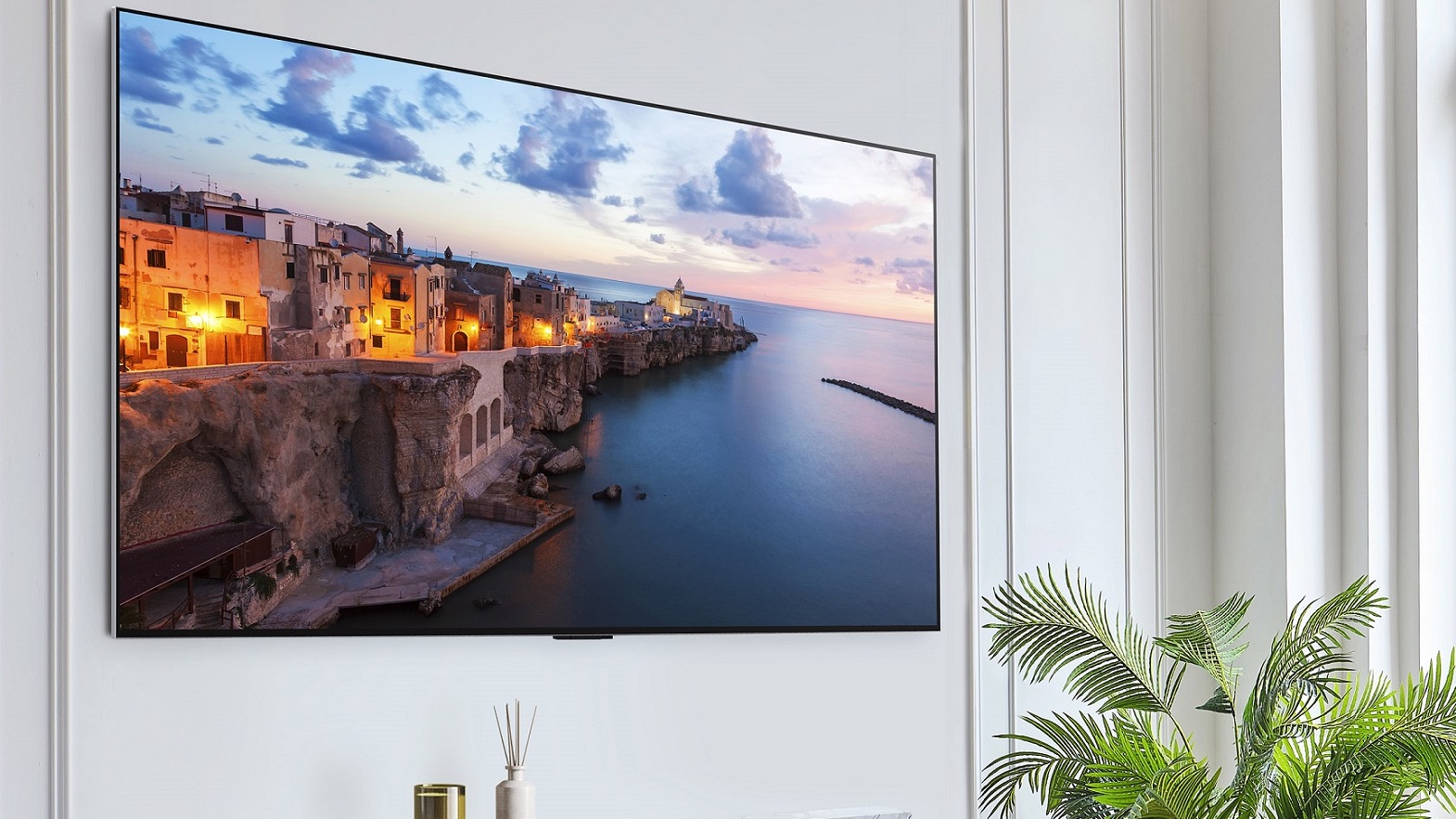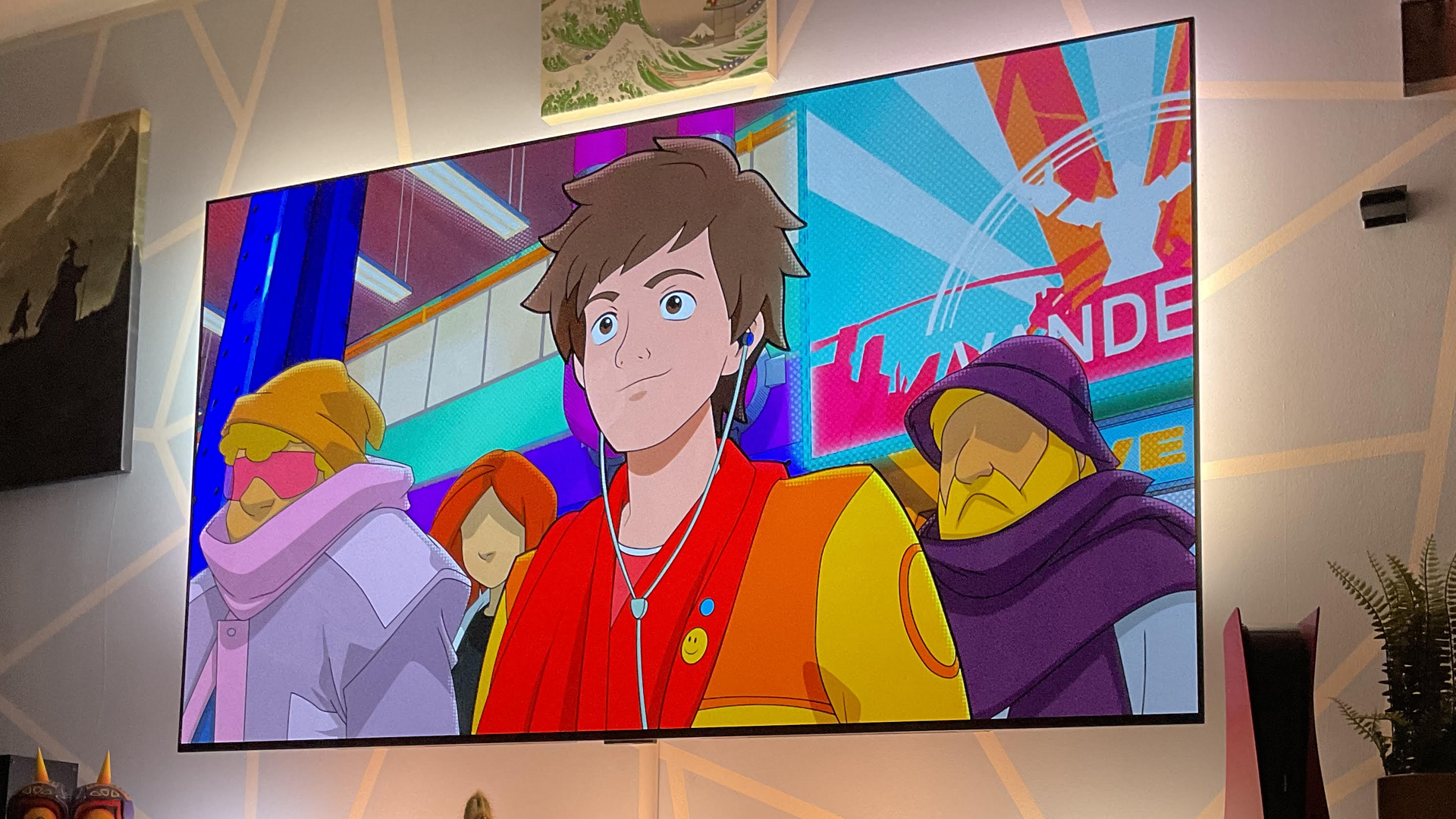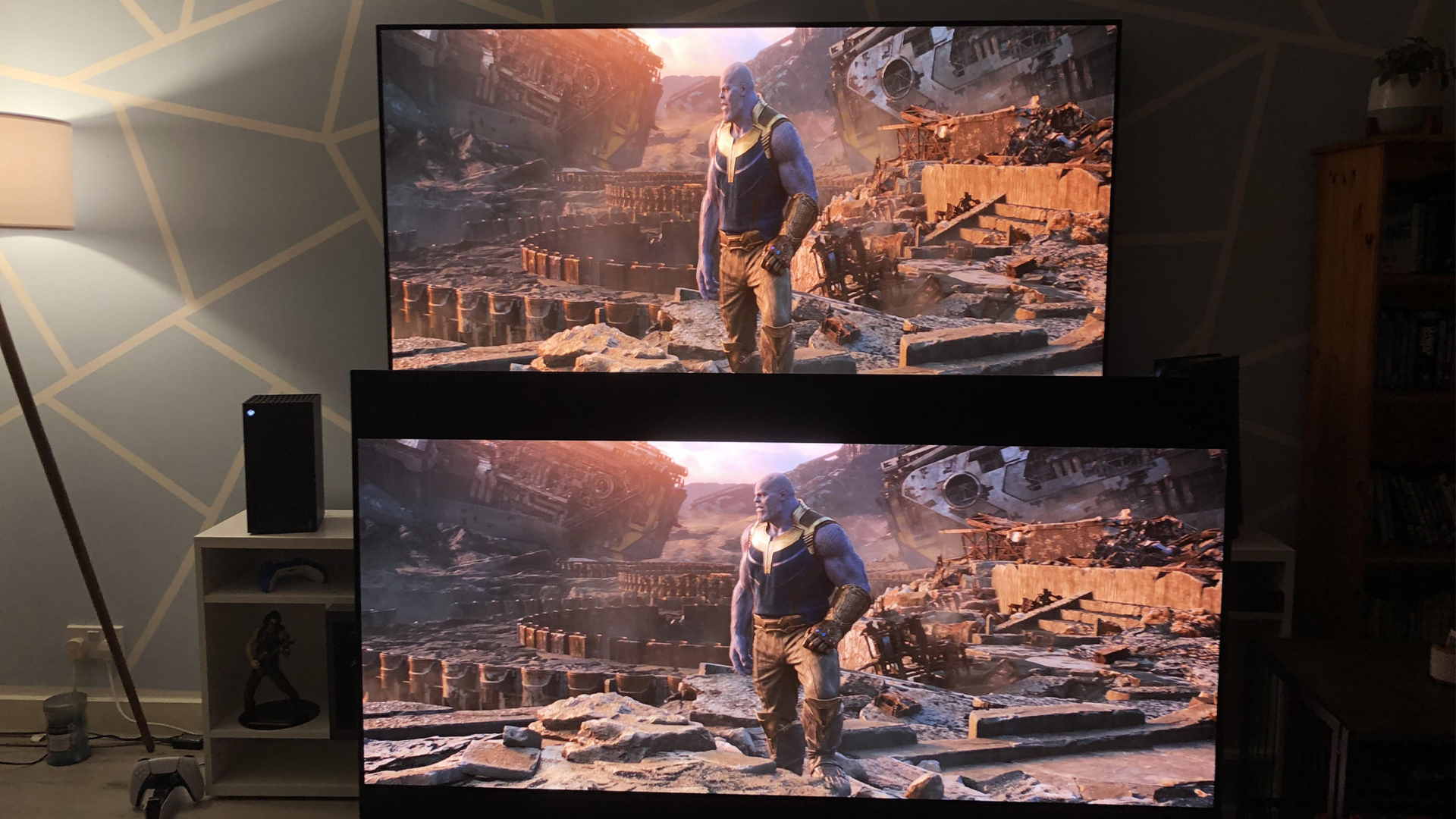I’m already obsessed with the LG G3 OLED TV and its super-bright MLA panel
Despite owning a new and fantastic OLED TV, I’m thirsting for the LG G3’s incredibly bright screen

It may not launch for another few months, but I’d give up a kidney to own the LG G3 OLED… or the Samsung S95C QD-OLED, for that matter, but as a current LG owner, it's the G3 that's caught my eye. Brightness-boosting tech is the big thing with high-end OLED TVs in 2023, and currently, I feel like my eyes are being denied the blinding future they deserve.
As the proud owner of the LG C2 OLED – TechRadar's pick as the best TV available today for most people – the idea of an upgrade should be absurd. And let me make this clear: it is absurd. The C2 is comfortably the best TV I’ve ever owned… and I only bought it in July 2022. Still, as someone who replaces TVs far too often to admit in specifics here, I can’t deny that my peepers are being swayed by the allure of the G3 and its sophisticated Micro Lens Array panel.
If you’re not in the know, Micro Lens Array is a cutting-edge tech that uses billions of teeny tiny micro lenses to more efficiently directly the light from OLED pixels towards your eyes, improving their brightness. LG recently revealed that the G3 would use such a panel in most sizes, and the potential brightness boost over last year’s OLED screens is seriously impressive.

Nit and miss
LG says that real-world measurements on the G3 show that it can hit 1,470 nits in a 10% HDR window (meaning when 10% of the TV's image is taken up by bright white areas) in the TV’s Cinema HDR mode, and we think this is realistic based on we've seen of the tech so far. Compared to the peak HDR output of the C2, which measures just north of 800 nits in the same kind test, and it's clear the addition of the G3’s MLA panel is a game-changer.
There’s also the pupil-scorching issue of the Samsung S95C. Like the G3, this is one of the most exciting OLED TVs in 2023, precisely because it’s able to project such bright pictures. Based on our own testing of it in our initial hands-on Samsung S95C review, Samsung’s premium QD-OLED should match the G3 blow for blow – the S95C hit 1,374 nits in Filmmaker mode in our measurements.
These brightness-boosting results, whether they’re achieved through Micro Lens Array tech or quantum dot filters, have left me with serious envy. Even though my C2 OLED is perfectly bright, I’ve subconsciously started looking at it differently.
In years past, the issue of OLED brightness (or lack thereof) has never bothered me all that much. When the best alternative is LED tech – and all the inherent screen uniformity issues that come with such a purchase – a traditional OLED panel is the only tech that’s historically vied for my money.
Sign up for breaking news, reviews, opinion, top tech deals, and more.
But now there’s a screen that combines the class-leading brightness of the best LED TVs with the peerless black performance of OLED. Between daydreaming of LG’s latest and the Samsung S95C QD-OLED, I’ve actively started to enjoy my C2 less.

Handle with care
Playing on my PS5 the other night, I was suddenly hit with a thought I couldn’t shake: “Is this picture a bit dim?”. After playing a few games, I was so distracted by this notion, I actually went into the C2’s OLED Care menu to check I hadn’t accidentally turned on its (brightness-crippling) energy saving features.
When the only major weakness of OLED tech up to this point has centered on a perceived lack of brightness – and a panic over burn-in, though that's largely not a problem these days – my G3/S95C envy becomes a little more reasonable.
At my lowest, hugely obsessive ebb, I actually bought both an LG C1 and LG G1 OLED in the summer of 2021 just so I could see if the latter was noticeably brighter. Suffice to say, the lingering memory of spending a Saturday night watching Avengers: Infinity War across two 77-inch screens isn’t a proud one.
Thanks to the generous returns policy of a major UK retailer I won’t name, I happily sent the G1 back after a week. After a shedload of real-world eye tests, I simply wasn’t convinced that its Evo panel was significantly brighter than the C1’s screen.
But this time is different. Going from 800 nits to 1,400 nits in real-world scenarios is a massive deal. As someone who watches TV in an annoyingly bright room, the promise of such a brightness bump is seductive. Throw in the fact the G3 has Super Anti Reflective coating, which promises to reduce reflections by 25% compared to the C2, and my thirsty G2 feelings aren’t going to be quenched anytime soon. At this rate, I'm in danger of having checked off every member of TechRadar's best OLED TVs guide just because I can't resist…
Dave is a freelancer who's been writing about tech and video games since 2006, with bylines across GamesRadar+, Total Film, PC Gamer, and Edge. He's been obsessed with all manner of AV equipment ever since his parents first bought him a hideously garish 13-inch CRT TV (complete with built-in VCR, no less) back in 1998. Over the years he’s owned more plasma and OLED TVs than he can count. On an average day, he spends 30% of his waking existence having mild panic attacks about vertical banding and dead pixels.
